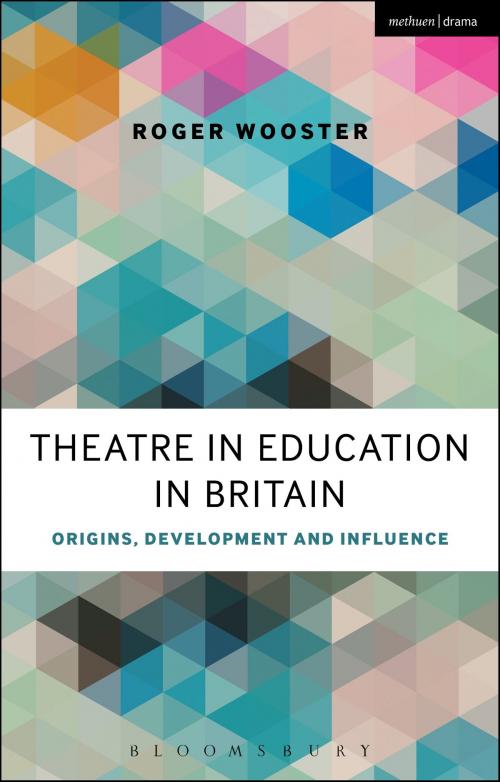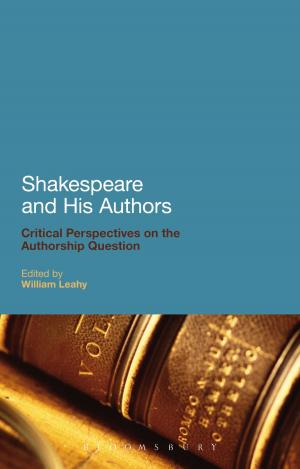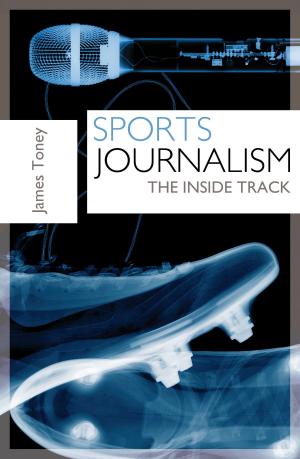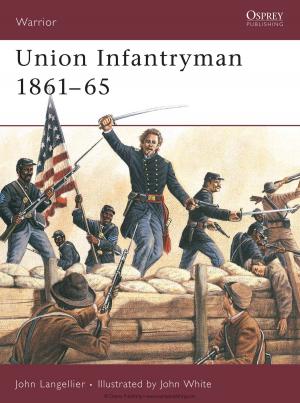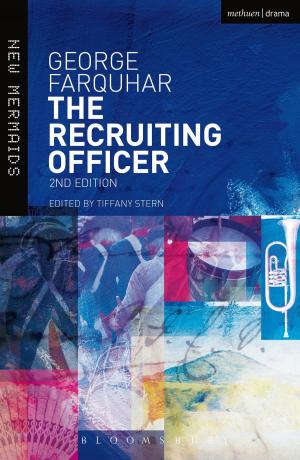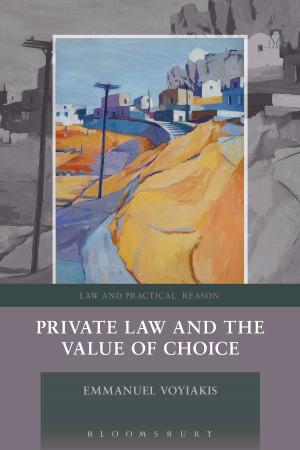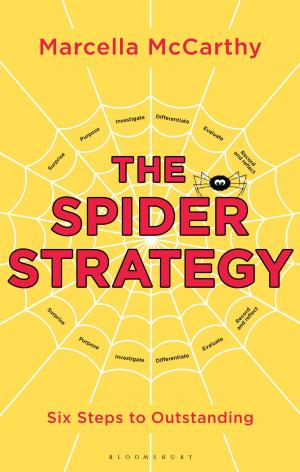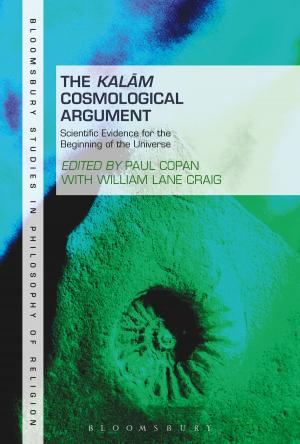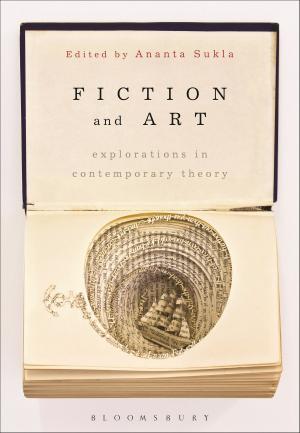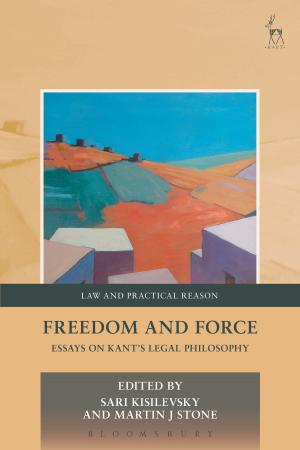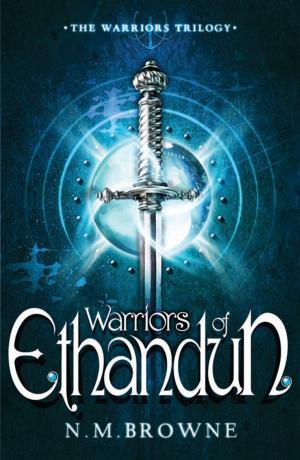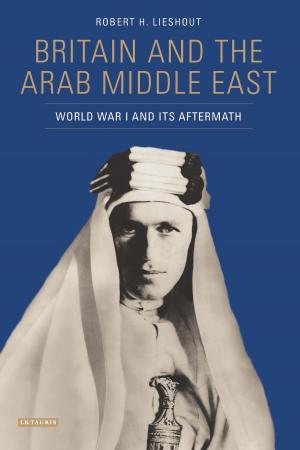Theatre in Education in Britain
Origins, Development and Influence
Nonfiction, Entertainment, Theatre, Fiction & Literature, Drama| Author: | Mr Roger Wooster | ISBN: | 9781472591494 |
| Publisher: | Bloomsbury Publishing | Publication: | February 25, 2016 |
| Imprint: | Methuen Drama | Language: | English |
| Author: | Mr Roger Wooster |
| ISBN: | 9781472591494 |
| Publisher: | Bloomsbury Publishing |
| Publication: | February 25, 2016 |
| Imprint: | Methuen Drama |
| Language: | English |
Following on from the 50th anniversary of the birth of Theatre in Education in Britain in 2015, this is an essential and timely companion to the story of TIE. It contextualizes it within the political and educational landscape of the last fifty years and examines its legacy today. Through this, Roger Wooster offers insights into future possibilities and applications in the field of Applied Theatre, drama in schools and pedagogical theory. With examples and analysis of international developments in TIE, and a foreword by Philip Taylor (NYU, USA), the volume provides a wide-ranging account of past and current practice.
Across its three sections the volume examines the origins, work and legacy of TIE, considering for the first time its practical details. Each section features an Afterword by a leading practitioner reflecting on the work (including Warwick Dobson, Chris Vine and Anthony Jackson), and chapters draw on case studies and interviews with key practitioners. Chapter summaries and a companion website further enhance the text as a valuable teaching resource for theatre educators.
Following on from the 50th anniversary of the birth of Theatre in Education in Britain in 2015, this is an essential and timely companion to the story of TIE. It contextualizes it within the political and educational landscape of the last fifty years and examines its legacy today. Through this, Roger Wooster offers insights into future possibilities and applications in the field of Applied Theatre, drama in schools and pedagogical theory. With examples and analysis of international developments in TIE, and a foreword by Philip Taylor (NYU, USA), the volume provides a wide-ranging account of past and current practice.
Across its three sections the volume examines the origins, work and legacy of TIE, considering for the first time its practical details. Each section features an Afterword by a leading practitioner reflecting on the work (including Warwick Dobson, Chris Vine and Anthony Jackson), and chapters draw on case studies and interviews with key practitioners. Chapter summaries and a companion website further enhance the text as a valuable teaching resource for theatre educators.
